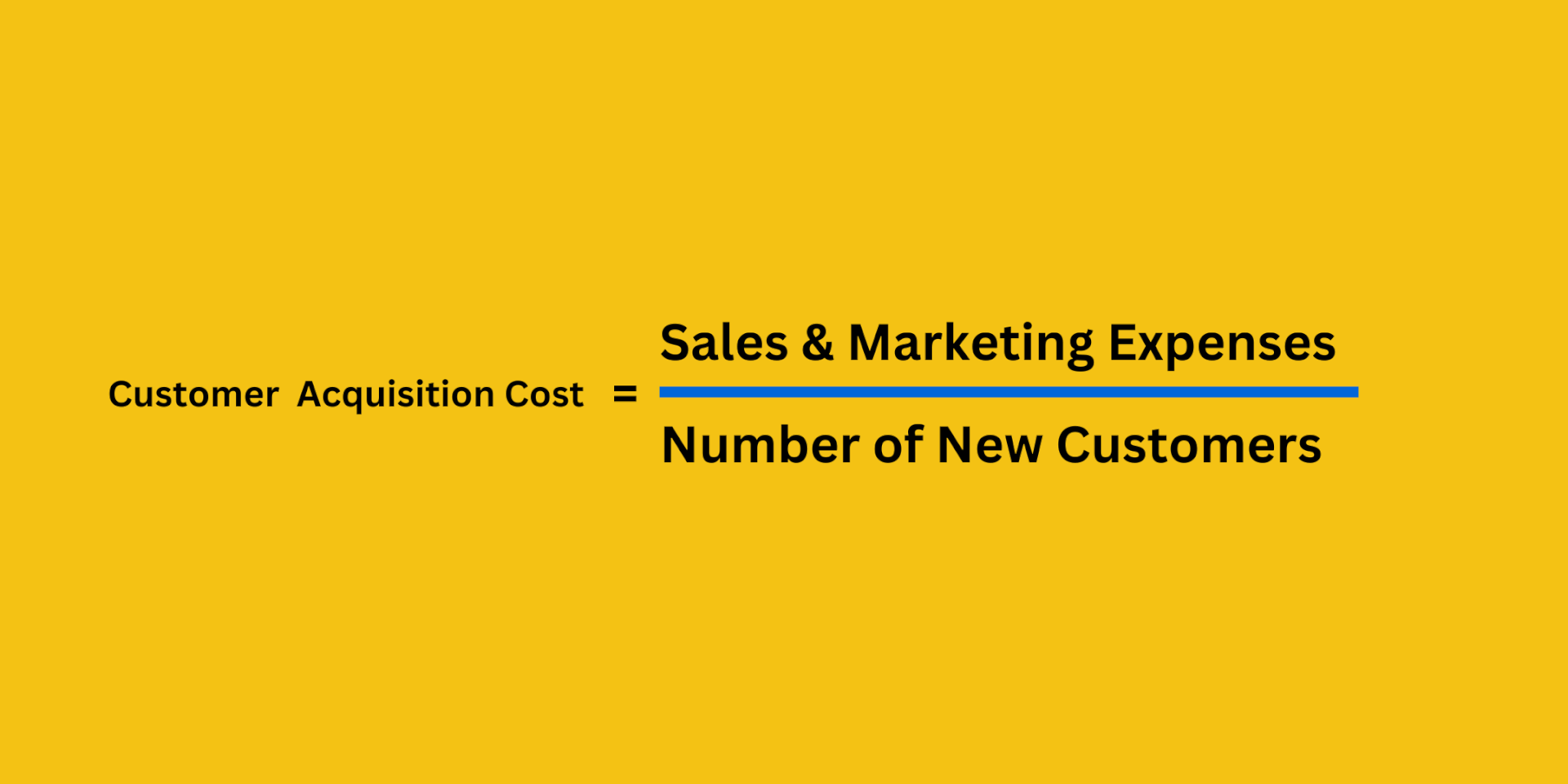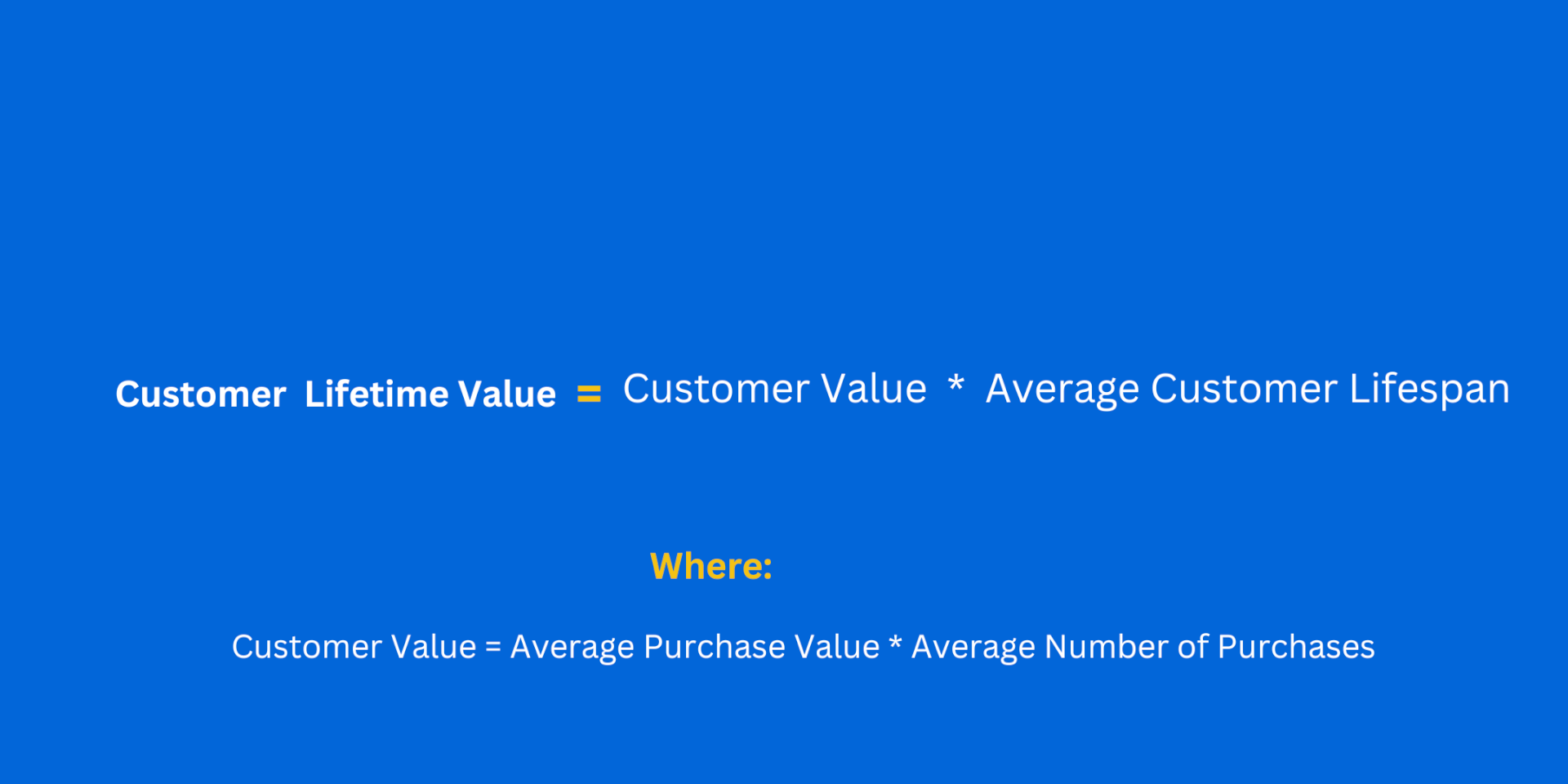Customer acquisition as a road map to business success, a complete guide topic.
The goal of every business is to acquire new customers and retain them for a long period of time in order to ensure success and business growth. In most cases, it can be very difficult to decide whether you should focus more on customer acquisition or customer retention. We’ll explore the pros and cons of each approach to enable you to understand better when making an important decision for your business or brand.
Advantages and Disadvantages of Acquiring Customers.
Acquiring customers for your business is a great way to boost your short, medium, and long-term revenue, but it can also be expensive and time-consuming. On the other side, getting new customers gives your business access to a larger audience, potentially more sales, and more opportunities for growth. On the other hand, it can also lead to greater costs associated with finding new customers as well as customer attrition.
Read Also: Customer Attrition
What is customer acquisition cost?
The cost of getting a new client, lead, or prospect is known as the customer acquisition cost (CAC). In other words, CAC stands for the resources and expenses needed to bring on a new client or a lead that has the potential of becoming a customer. In order to determine the value created by a new client, the customer acquisition cost (CAC) statistic is frequently used in conjunction with the customer lifetime value (LTV) metric.
What are sales and marketing expenses?
Sales and marketing expenses are referred to the advertising and marketing expenditure, commissions, affiliates’ bonuses paid, salaries of marketers, sales managers, and overhead costs related to sales and marketing over the measured period of time. The number of new customers is the total number of acquired new customers over a specific marketing period.
Customer Acquisition Cost (CAC) is a vital metric many businesses and investors look at when buying businesses, investing, or when merging acquisitions. Many companies fail because they don’t understand their customer acquisition cost.
CAC FORMULA

What is customer lifetime value (LTV)?
Customer lifetime value is the revenue you receive from a specific customer over an extended period of time. Most companies commonly calculate LTV over 1, 3, or 5 years.
LTV is a very important measure you can use to complement your understanding of cost and advance the maturity of your business decision-making, it may be very difficult to understand in a young or digital organization when there isn’t a lot of historical data to make comparisons with.

Read Also: What is Inbound Marketing?
Benefits of Retaining Existing Customers.
Retaining existing customers has several benefits. Not only is it cheaper to keep them than to acquire new ones, customer retention can lead to a higher lifetime customer value, drive referrals, repeat business, and generate more consistent revenue. Offering quality customer service and building a good relationship can make your customers more loyal and help to differentiate your business you’re your competitors. Engaging with your existing customers gives you valuable insights into what they truly want, allowing you to continuously improve products and services you offer them.
Consider Customer Lifetime Value for Long-Term Success.
It’s important to measure the Customer Lifetime Value (CLV) of each customer. Accounting for the amount a customer is worth to your business over their entire lifetime is essential, as acquiring a new customer can be 10 times more expensive than keeping an old one. Retaining customers who bring higher value allows you to generate more profit and ROI from every investment. For example, reward programs can incentivize customer loyalty through discounts, freebies and increase long-term brand value.
Read Also: How to Create Engaging Social Media Content
Reinforce Loyalty with Incentives and Experiences.
Keeping customers happy and loyal should be at the forefront of your business goals. By offering incentives such as loyalty discounts, surprise gifts, or personalized experiences you are nurturing customer relationships – thereby increasing retention rates and reinforcing loyalty. It’s important to build relationships with customers on an ongoing basis with outreach efforts like fostering dialogues through conversations on social media channels and other channels that have high feedback rates from your customers.
6 types of customers
New customers
Impulse customers
Potential customers
Loyal customers
Angry customers
Discount customers
